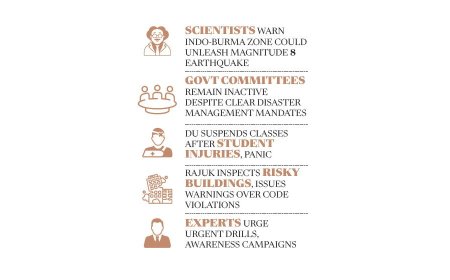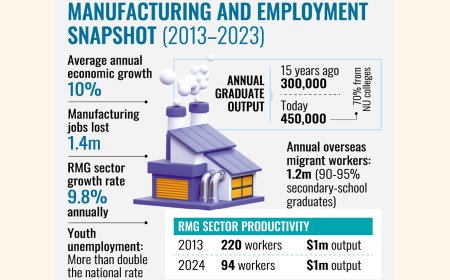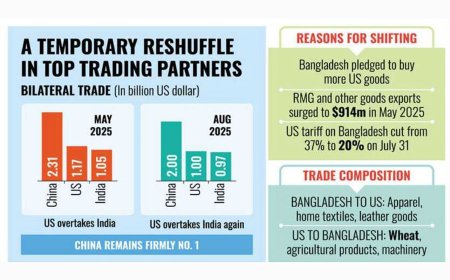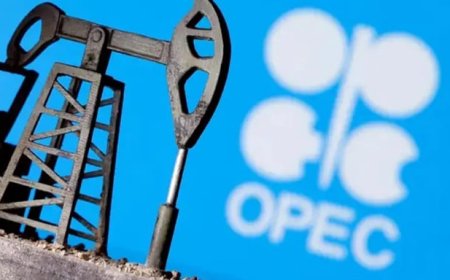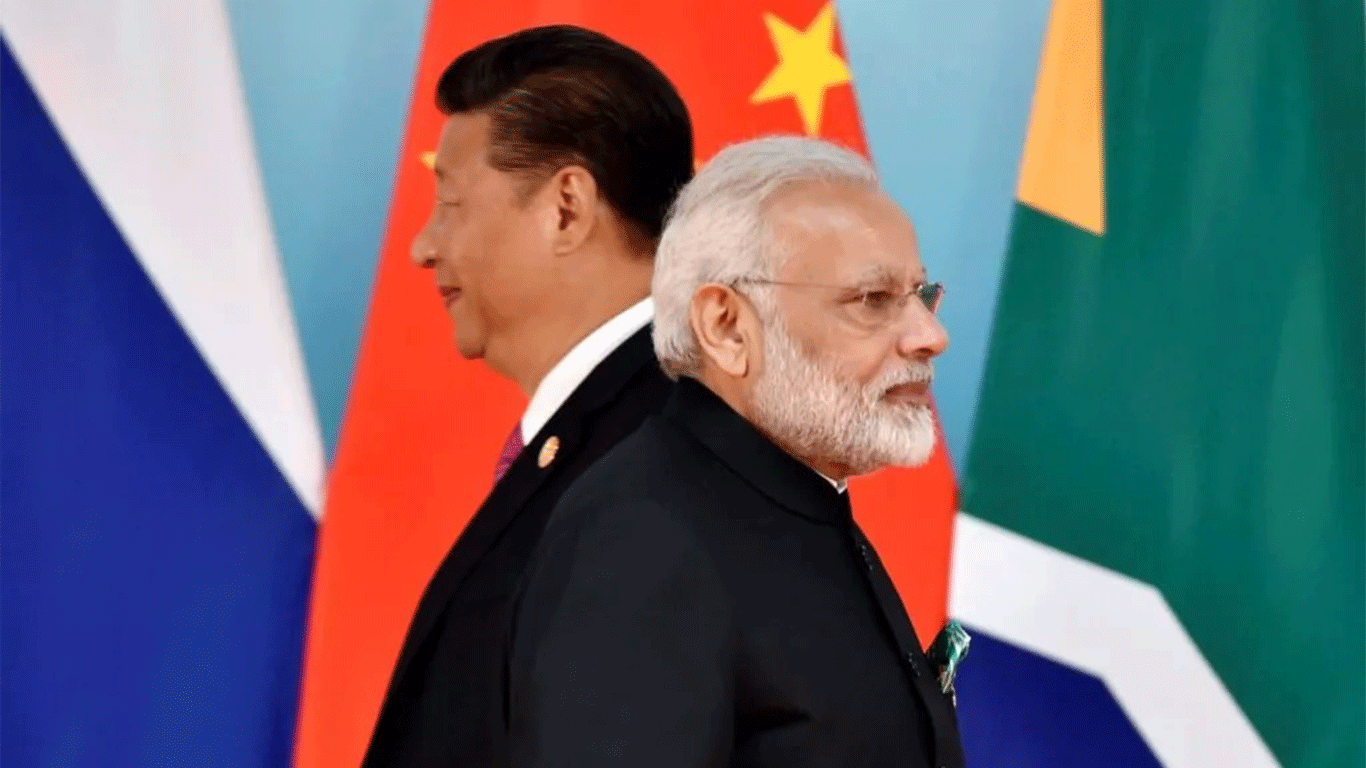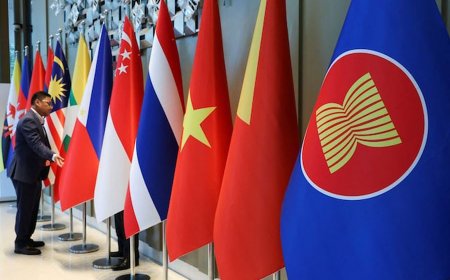China Hits Back at US Port Fees with Retaliatory Levies
China Hits Back at US Port Fees with Retaliatory Levies
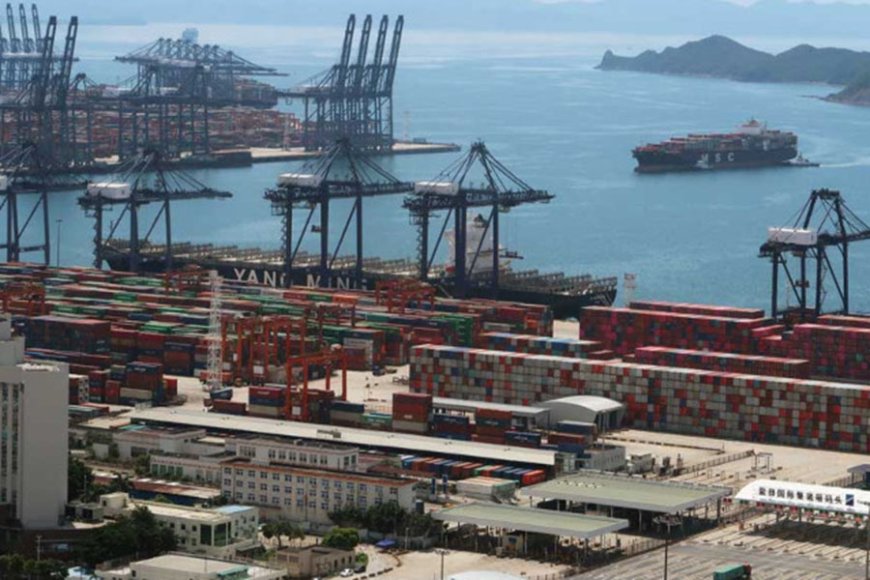
China will impose port fees on US-owned, operated, built, or flagged vessels starting Tuesday, in a direct countermeasure to similar US fees targeting China-linked ships, the Chinese transport ministry announced on Friday.
Later that day, US President Donald Trump escalated tensions by declaring a 100 percent tariff on Chinese exports to the United States and announcing export controls on critical software, in response to China’s export restrictions on rare earth minerals.
Although relatively few vessels are US-built or US-flagged, analysts noted that China’s new levies will extend to companies with at least 25 percent US ownership or US-based board representation—ensnaring a wider range of global shipping firms.
“This casts a wide net and could impact many publicly listed shipping companies on US exchanges,” said Erik Broekhuizen, marine research and consulting manager at shipbroking firm Poten & Partners, as quoted by Reuters. “The potential impact is significant.”
Starting Tuesday, ships built in China—or operated or owned by Chinese entities—will also be required to pay a fee at their first port of call in the United States.
Some Vessels to Pay Both China and US Fees
US-based Matson said it would be subject to China’s new port charges but had no plans to alter its service schedule. Other potentially affected carriers include CMA-CGM’s US-based American President Lines and Israel’s Zim, which reportedly has more than 25 percent of its shares held by US investors, according to Lars Jensen, CEO of Vespucci Maritime.
The port fees in both China and the US are expected to apply to around 100 vessels owned by Poseidon’s Seaspan and chartered by various container lines, Jensen added.
Maersk Line Limited, APL, Zim, and Seaspan did not immediately respond to requests for comment.
Analysts warned that oil tanker operators—many of which are listed in the United States but based elsewhere—could also be affected. Scorpio Tankers, which has one of the world’s largest and youngest fleets, did not comment on the potential impact.
“The Chinese port fees have thrown the tanker market into turmoil,” Broekhuizen said in a client note, adding that many ships likely to be affected are already en route to China.
Fearnleys, a shipbroker and fleet data provider, estimated that about 10 percent of very large crude carriers and 13 percent of the Suezmax, Aframax, and LR2 fleets could face the new Chinese levies. Energy research firm Vortexa found that 43 LPG supertankers—about 10 percent of the global fleet—will also be affected, said Samantha Hartke, head of Americas analysis.
Chinese-owned or operated vessels will face a flat fee of $50 per net ton per voyage to the United States. COSCO, China’s state-owned shipping giant and owner of the OOCL fleet, could face fees totaling about $2 billion in 2026, analysts said. COSCO declined to comment.
China Calls US Fees Discriminatory
The US port fees on China-linked vessels followed an investigation by the US Trade Representative (USTR) and are part of Washington’s broader strategy to revive domestic shipbuilding and curb China’s maritime and naval dominance.
“It is clearly discriminatory and severely damages the legitimate interests of China’s shipping industry, seriously disrupts global supply chain stability, and undermines the international trade order,” the Chinese transport ministry said.
The USTR’s office did not respond to a request for comment.
China, now the world’s leading shipbuilder, has rapidly expanded its shipyard capacity over the past two decades, handling both commercial and military projects.
The World Shipping Association’s president and CEO, Joe Kramek, warned that the tit-for-tat measures “add further complexity and cost to the global network that keeps goods moving and economies connected,” potentially hurting exporters, producers, and consumers amid already strained global trade.
Rates to Rise Over Three Years
According to China’s transport ministry, the port fee for US-linked vessels will start at 400 yuan ($56.13) per net metric ton on Tuesday, rising to 640 yuan ($89.81) in April 2026, 880 yuan ($123.52) in April 2027, and 1,120 yuan ($157.16) in April 2028.
Tensions between Beijing and Washington have intensified since September, as the two powers struggle to move beyond their 90-day tariff truce that began on August 11 and is set to expire around November 9.
This year’s escalation in the US–China trade war has already sharply curtailed Chinese imports of US agricultural and energy products.
What's Your Reaction?




















